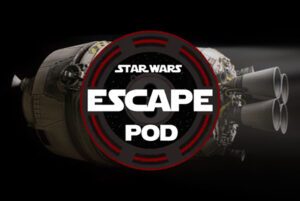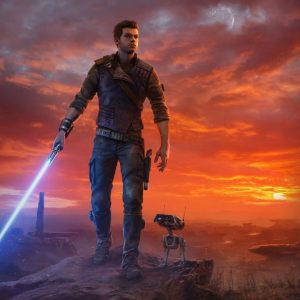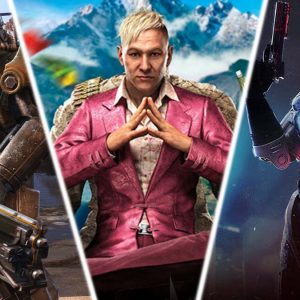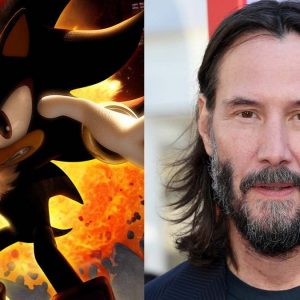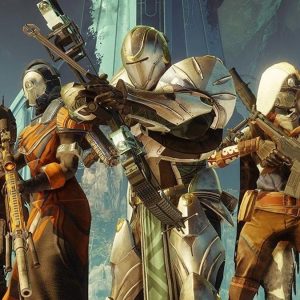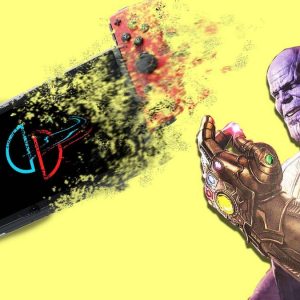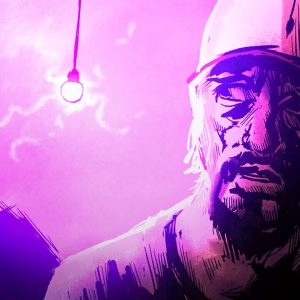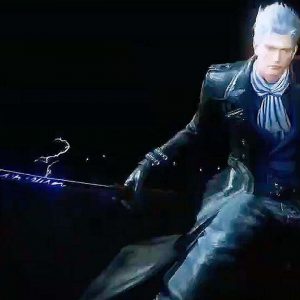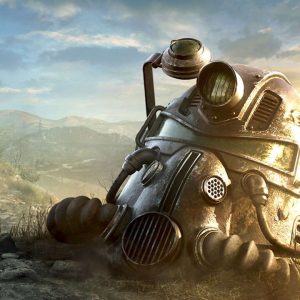[ad_1]
“A bolt of brilliance!” was Detective Pikachu’s catchphrase in the game.
The Detective Pikachu movie was heavily inspired by its video game predecessor, but in the process of making it to the big screen, plenty of details about Tim and Pikachu’s adventure were changed – though I’d argue many of the changes made their story better for the movie.
This list of changes and similarities was put together based on the most impactful changes to characters and the story.
Warning: this article contains spoilers for Pokemon: Detective Pikachu and Detective Pikachu the game!
Similar: Mewtwo was in the game, but had a different request
In the Detective Pikachu Game, Mewtwo was never captured by a mysterious organization. Instead, a group of scientists came across Mewtwo cells that they confused for Mew cells when trying to create a miracle medicine. They instead created R, a drug that caused Pokemon to go berserk.
“
This Mewtwo also has a deep distrust of humans.
During Harry and Pikachu’s R investigation, they fight with a villain unique to the game, only to be thwarted by a severe car crash shortly after. The crash ejected Tim and Pikachu through the front window. Like in the movie, this is when Mewtwo approaches Pikachu and, unlike the movie, tasks Pikachu with recovering his stollen cells. This Mewtwo also has a deep distrust of humans. Mewtwo threatens to destroy, well, “everything,” but Mewtwo eventually reveals that Pikachu convinced him not to. It’s then we assume Mewtwo somehow saves Harry. Mewtwo then watches Pikachu’s adventure with Tim from afar, noting before the end of the game that some humans can be dependable.

Mewtwo never really cared about Tim, nor did they have any sort of magical meeting in the forest after Pikachu was hurt. Pikachu had a job to do, and he was lucky Tim came along to help.
Different: Mewtwo met Tim’s father with Pikachu but…
Their merging is only implied in the game, not completely confirmed. The game ends with Mewtwo presenting himself to Pikachu to receive the last of his stray cells, and he says something interesting to Pikachu: “Have you decided which one to choose?” Pikachu’s answer isn’t revealed, but Pikachu faints as Tim comes around the corner. Tim sees Mewtwo, who tells him his father is still alive and can find him eventually provided he doesn’t give up.
This leaves the story open-ended for another game. The movie has a rather different ending, which you can read more about in our Detective Pikachu ending explained feature.
Similar: It was drugs all along, but with different villains and motives
Pokemon goes to some surprisingly dark and serious places – Team Rocket nearly dies rather often in the anime – but it was a shock to find out that, in the game, R was being used to create controversies with Pokemon so that a GNN producer named Roger Clifford could grow the network, research R, and by selling R, gain power and money to seize control of the world. He went so far as to kidnap a scientist and forced him to produce the drug in secret. There was never a secret plan from Howard Clifford to merge Pokemon and humans like there was in the movie.
But like in the movie, R is a threat to a parade at the end, though the game had the drug hidden in more casual balloons, food, and other things around a larger carnival. The drug is never unleashed on Ryme City, and Pikachu gets a quick battle with a Noivern instead of Mewtwo to defeat Roger.
Different: Charizard was a more sympathetic character
While Charizard got a big battle feature in the movie, Charizard was only seen on tape in the Detective Pikachu game. Like in the movie, the game’s version of Charizard is affected by R, but instead of R being used to power up the Pokemon in battle, it’s used to cause chaos at a theme park. While Charizard was leading a parade. The Charizard does a ton of damage and is taken away. The park shuts down and the other Pokemon who worked in the park now live there in hiding, waiting for Charizard to return. It’s quite tragic.

Footage of Charizard’s rampage actually helps Tim and Pikachu find their first of two culprits in the R case. The illegal battle arena and Charizard’s trainer Sebastian did not exist in the game.
Different: There were way more mysteries to solve
The game heavily relied on Pikachu’s ability to communicate with Pokemon to solve mysteries, but the movie seldom uses it. For instance, the first mystery involves some mischievous Aipom and a stolen necklace. This is where Tim meets Pikachu, and by talking to various Pokemon and investigating clues, they’re able to find the necklace and celebrate with coffee in the park afterward. Tim is more helpful in solving cases too since he’s the player character. Tim and Pikachu frequently have to collect testimonies, and along the way, they encounter all kinds of Pokemon in various environments.
Similar: Torterra did cause some shock, but not in the same way
In the game, Tim and Pikachu never make it to the original lab where R was invented like their movie counterparts. That lab was destroyed and rebuilt as a new facility where researchers study how Pokemon can work together with humans to better day to day life. For example, one researcher explores how Garbodor can help with garbage disposal while another is trying to find out how Solosis and Duosion can survive in any environment. Tim and Pikachu do find a secret room that remained from the old lab that harbored plenty of R research, but it still lacked the movie’s dangerous Greninja and gargantuan Torterra.
However, a Torterra does appear in the Detective Pikachu prequel ebook! Pikachu gets stuck in a hole in someone’s yard and Torterra rescues him. It was a kind, regular-sized Torterra, and a key part of the mystery Pikachu was solving for an Eevee in the game prequel story.

Similar: Detective Pikachu wasn’t a coffee addict, but he did love coffee
OK, maybe he was a little addicted to coffee, but he was more of an aficionado. There was even a feature in the game where you could talk to Pikachu and collect his coffee tips among other conversations. (It was surprisingly informative!) The Hi-Hat Cafe was far more prominent in the Detective Pikachu game too. Pikachu and Tim often spent time here mulling over cases while Ludicolo brought them coffee made by her partner, Pablo Millan. It was nice to see that Ludicolo made a quick appearance in the movie.

Different: Lucy wasn’t named Lucy and she wasn’t an intern
Lucy Stevens, the spunky intern with a partner Psycduck, is an entirely original movie character. In the game, Lucy’s role was split between two women who worked full-time at GNN. One was a camerawoman, Meiko Okamoto, and the other was Emilia Christie, a GNN reporter who is a little more similar to Lucy. These two worked together to cover the mysteries of the increasing number of Pokemon incidents in Ryme City. Neither of them had Pokemon partners, but they did help Tim and Pikachu from time to time.
Similar: Tim Goodman still takes the back seat to Detective Pikachu
The game and movie both have a sharp focus on Detective Pikachu, but the game sees Tim as even more as a self-insert character, which makes sense. Tim arrives in Ryme city with the intention of investigating what happened to his father rather than coming to the city with the belief that Harry Goodman is already dead. The details of the rest of Tim’s family aren’t really a focus in the game, and the specifics about Tim’s relationship with Pokemon aren’t really explored either. The game version of Tim is more easygoing too, but he also receives a fair amount of teasing from Pikachu. He’s still the only human who can understand Pikachu and doesn’t have a partner Pokemon of his own.
These aren’t all the differences between the game and movie, but they’re the ones that made the most impact. If you haven’t gotten around to playing the Detective Pikachu video game, be sure to read my review to see why I think it’s a great entry to the Pokemon series. And for even more on the Detective Pikachu movie, be sure to check out IGN’s PokeRap for the Detective Pikachu Pokemon.
Miranda Sanchez is an executive editor at IGN. She has a mountain of Pikachu plush on her desk. You can chat with her about video games and anime on Twitter.
[ad_2]
Source link
